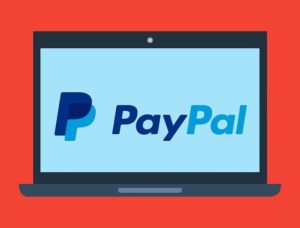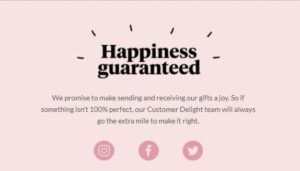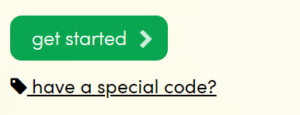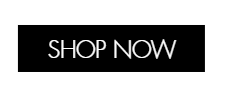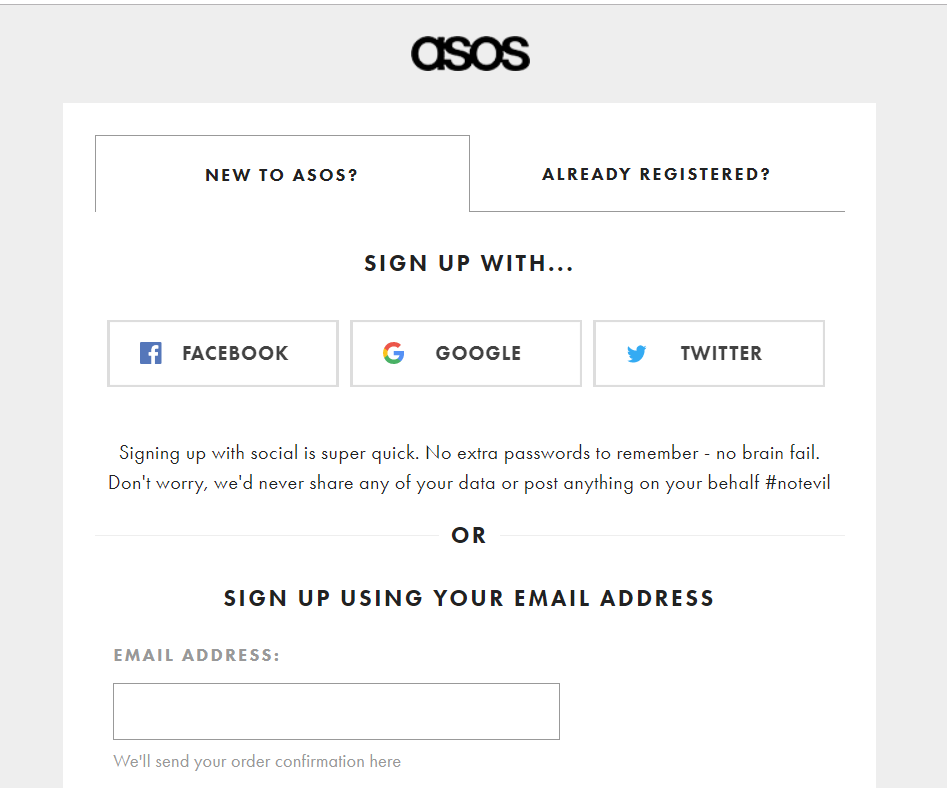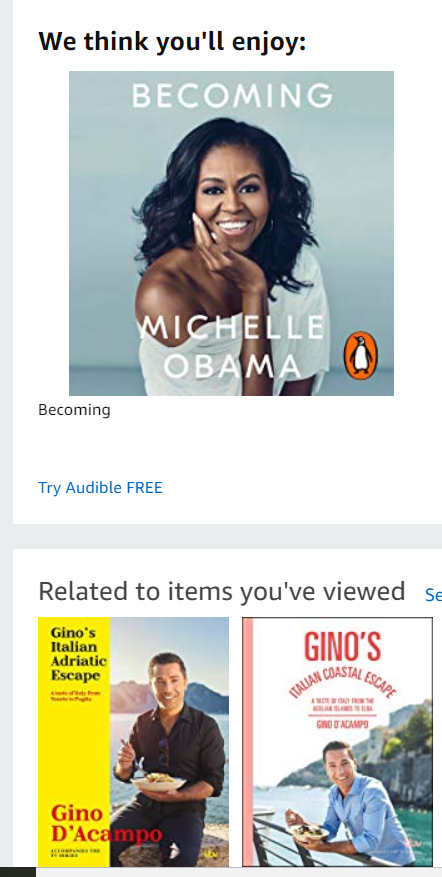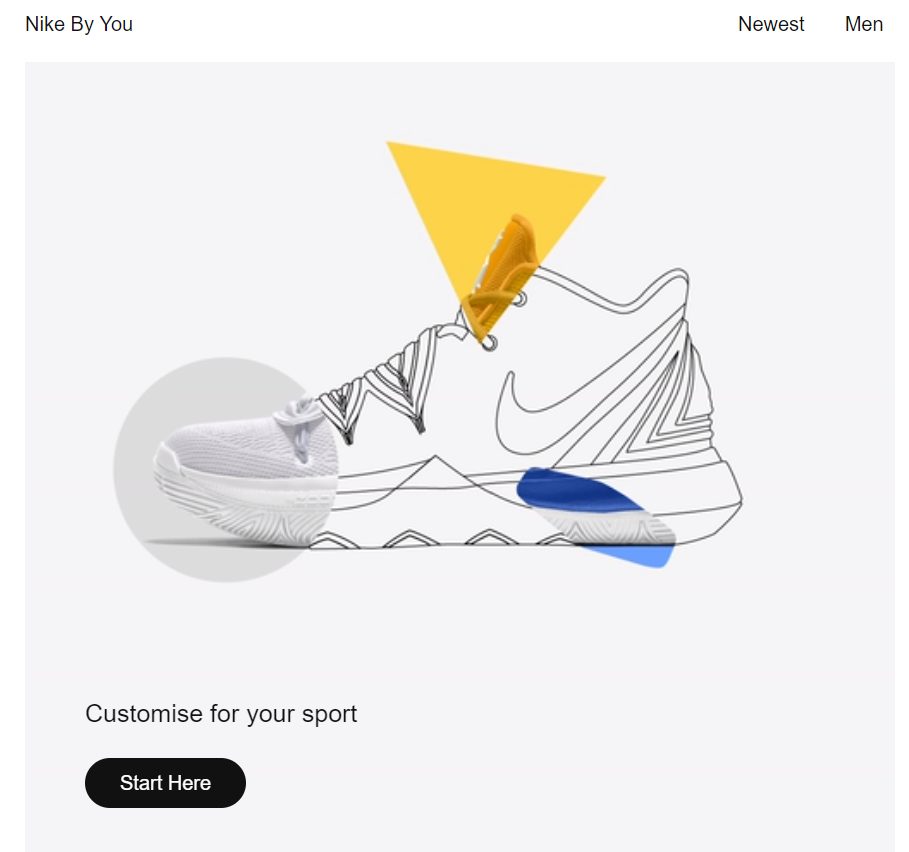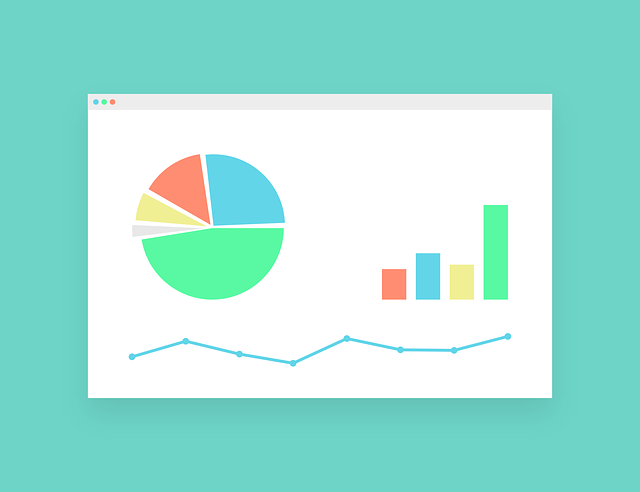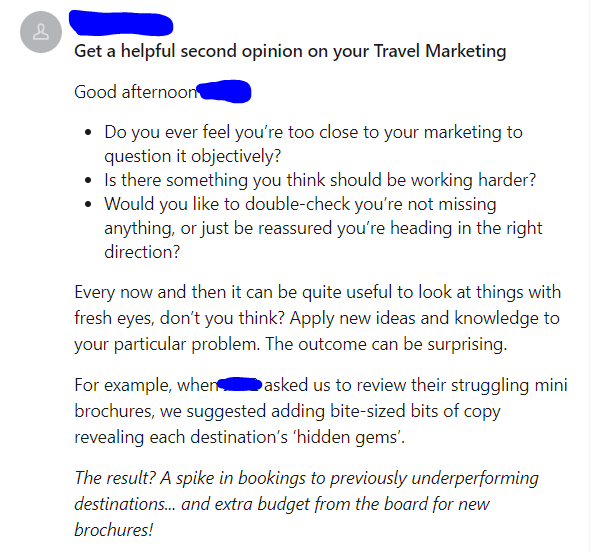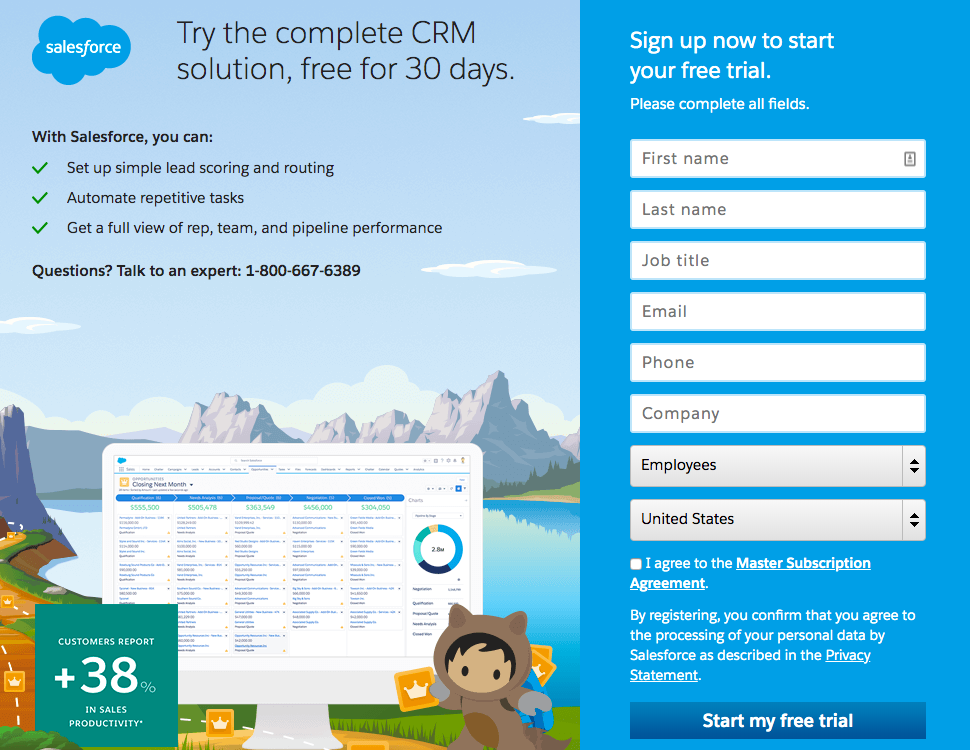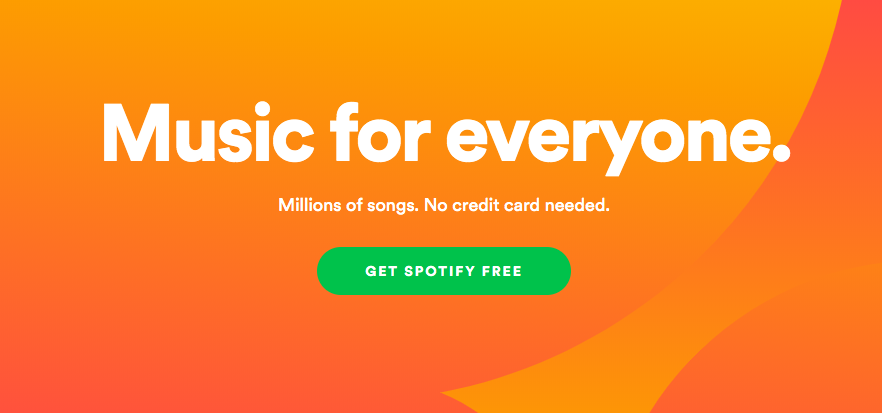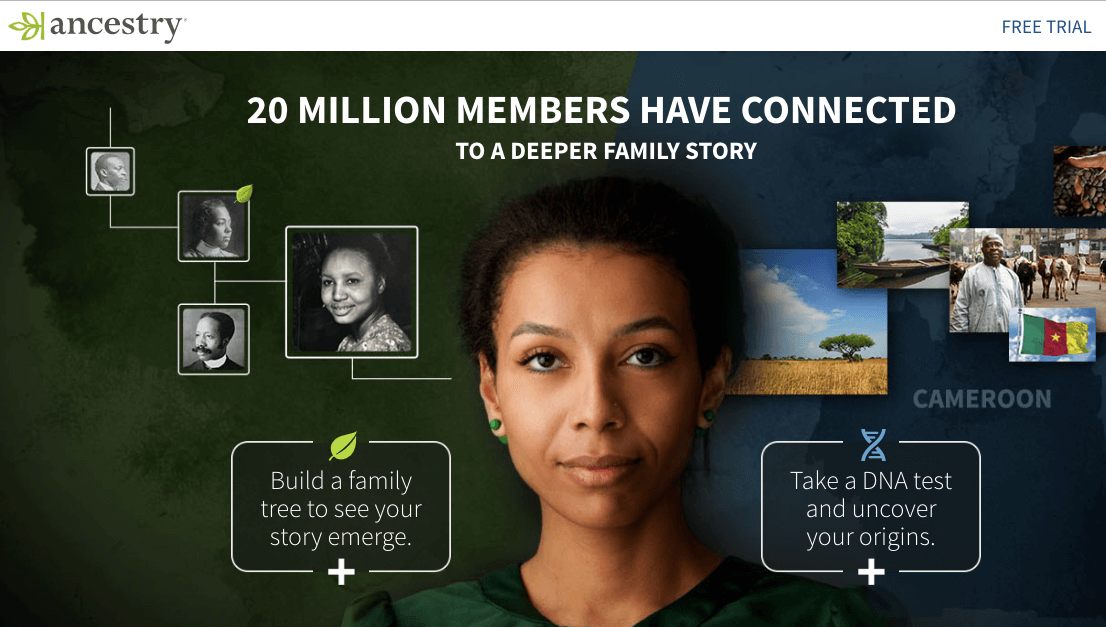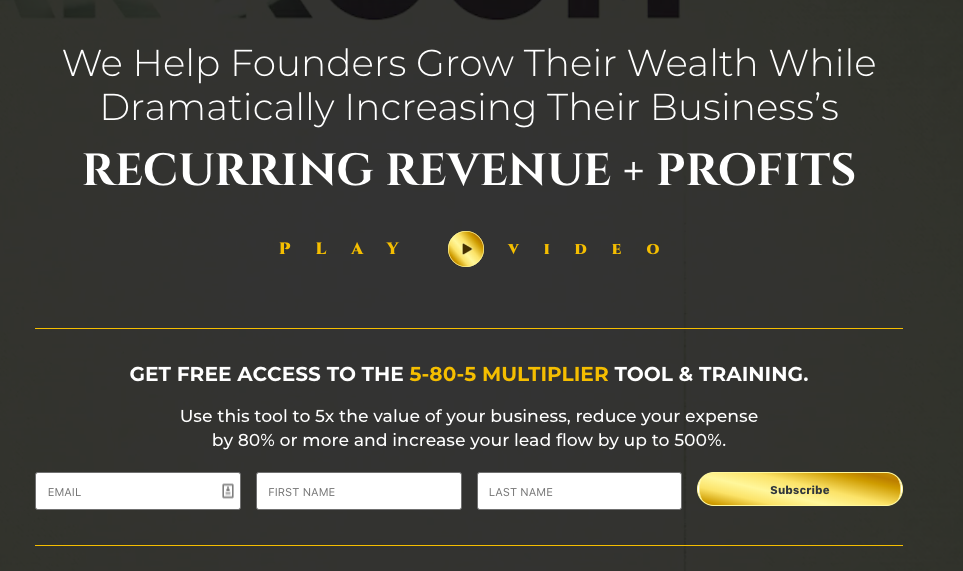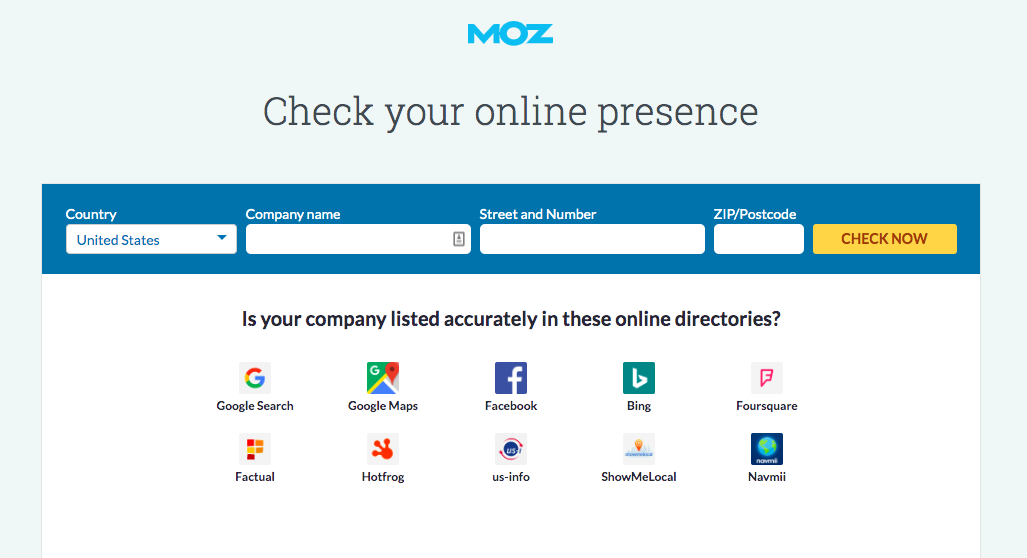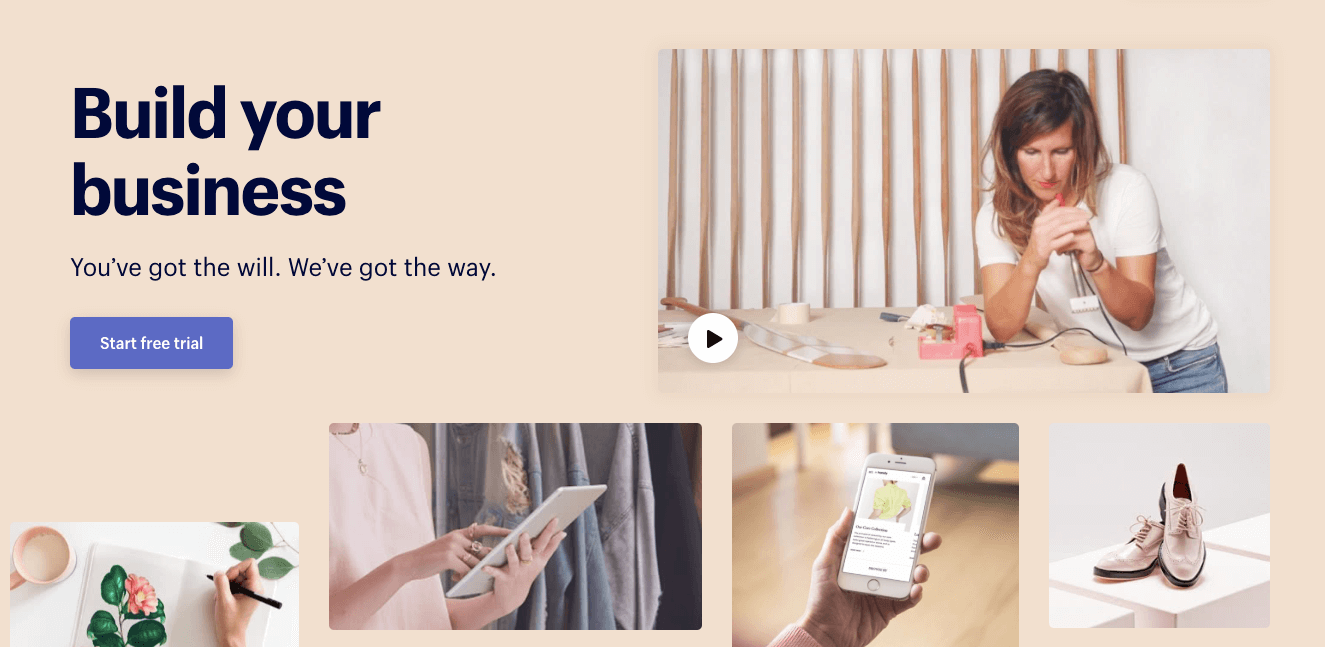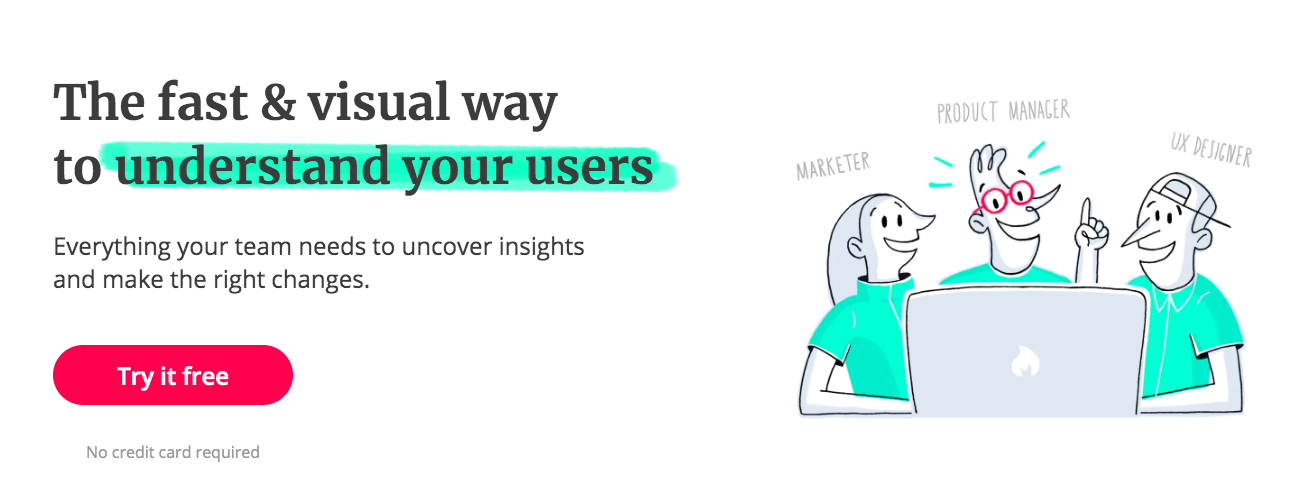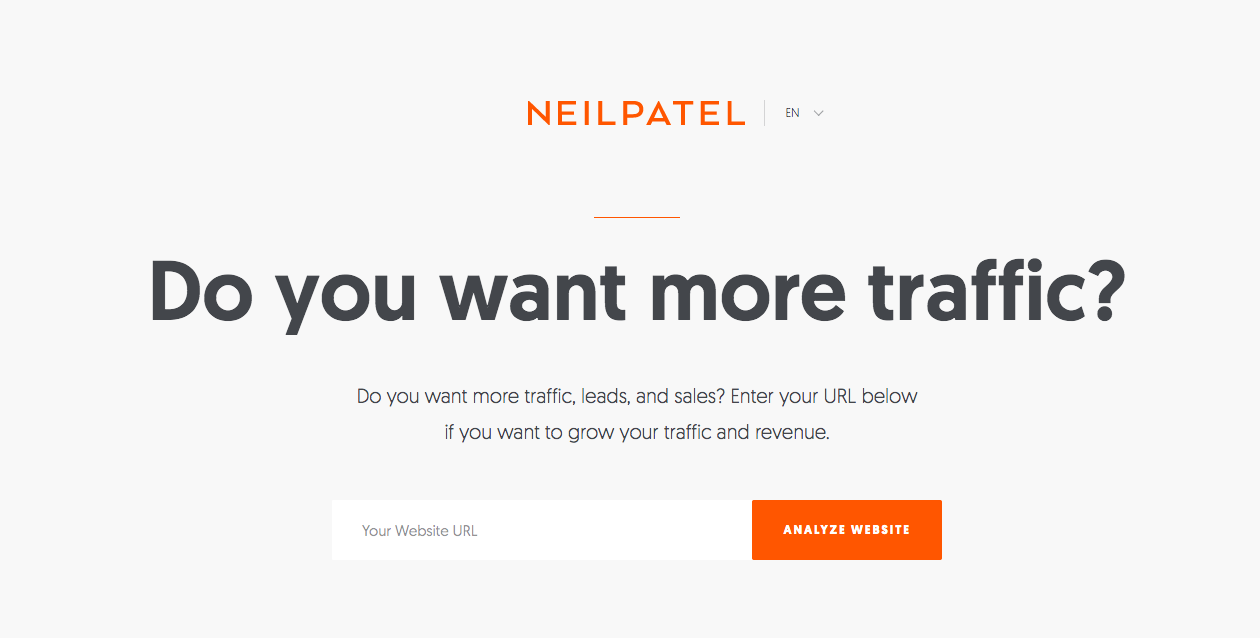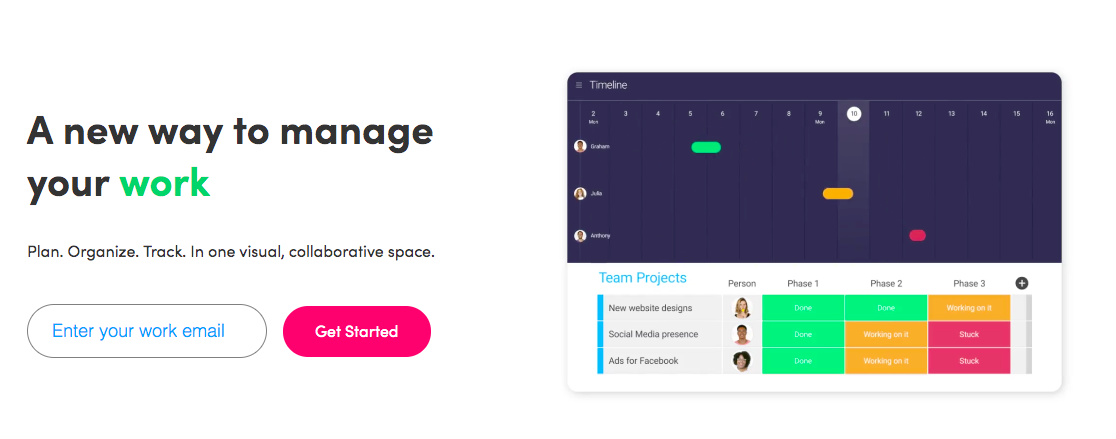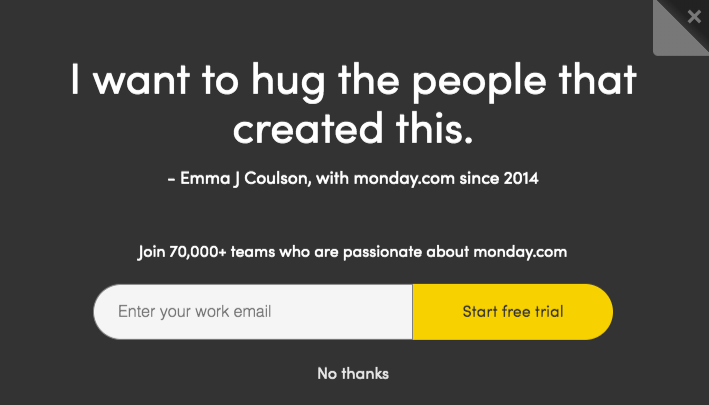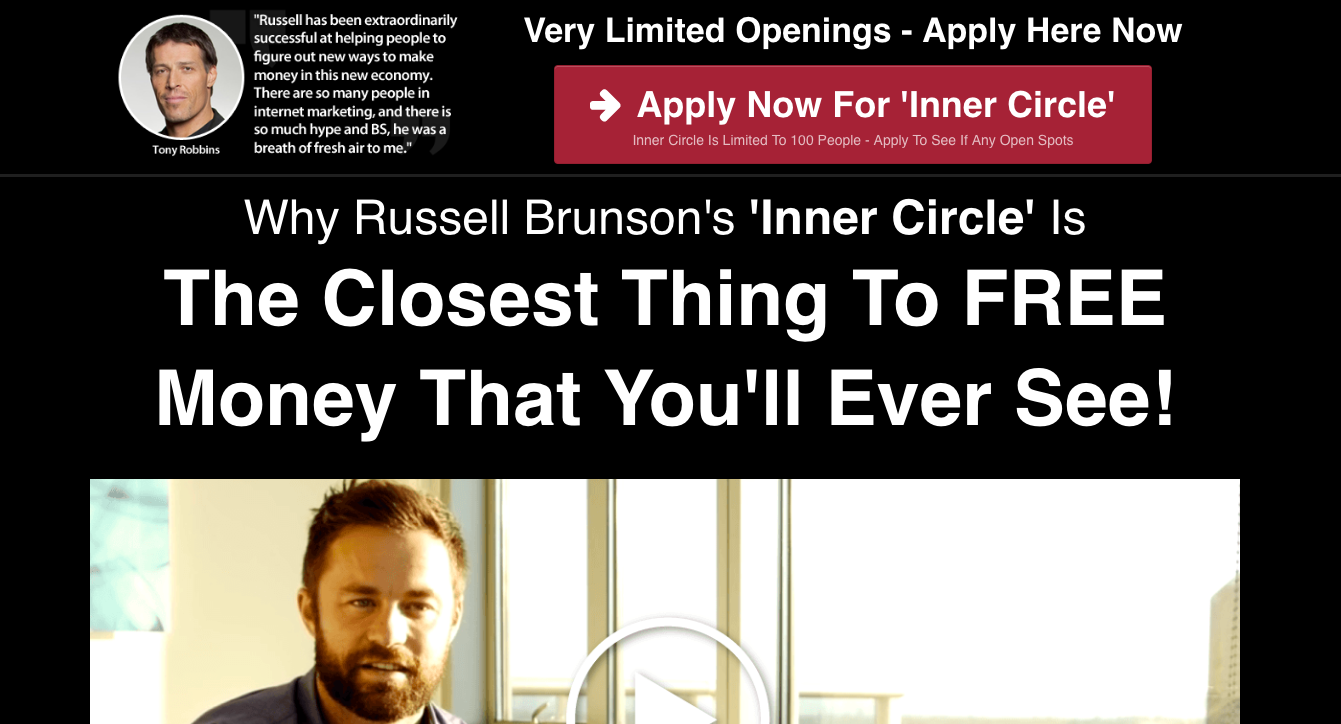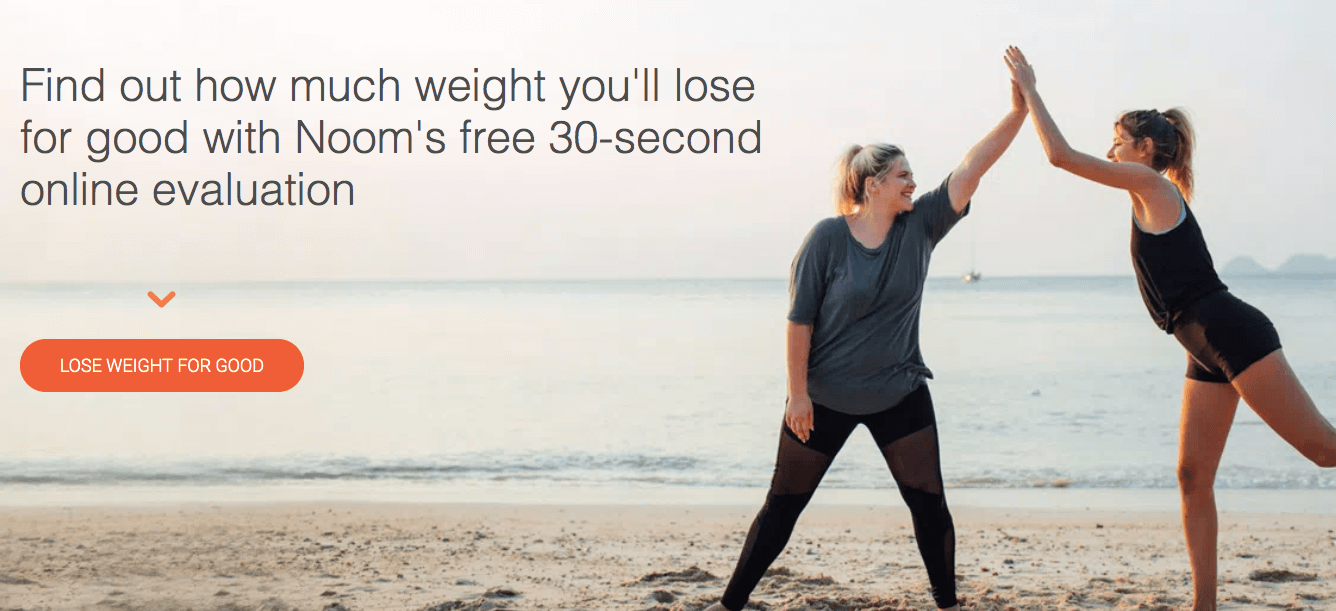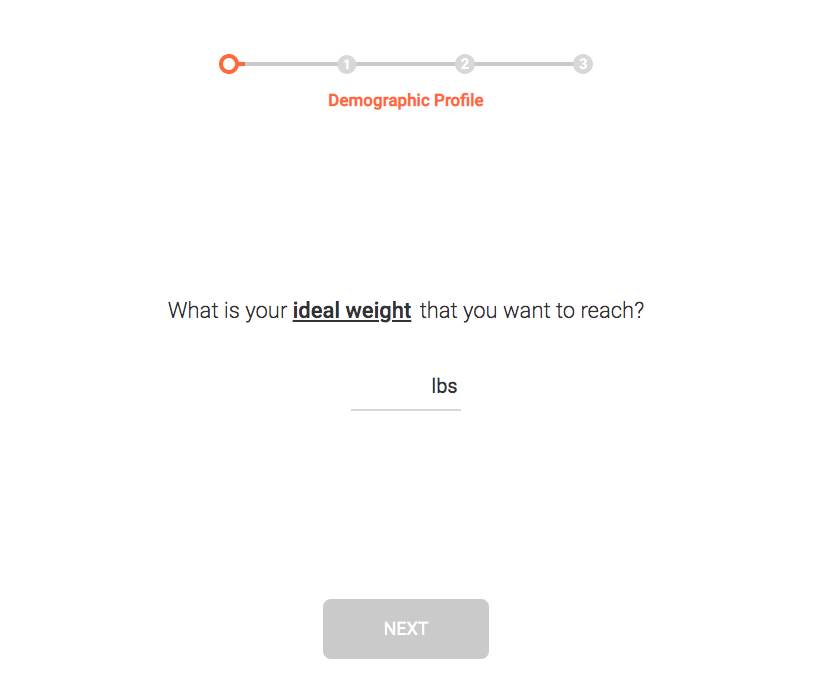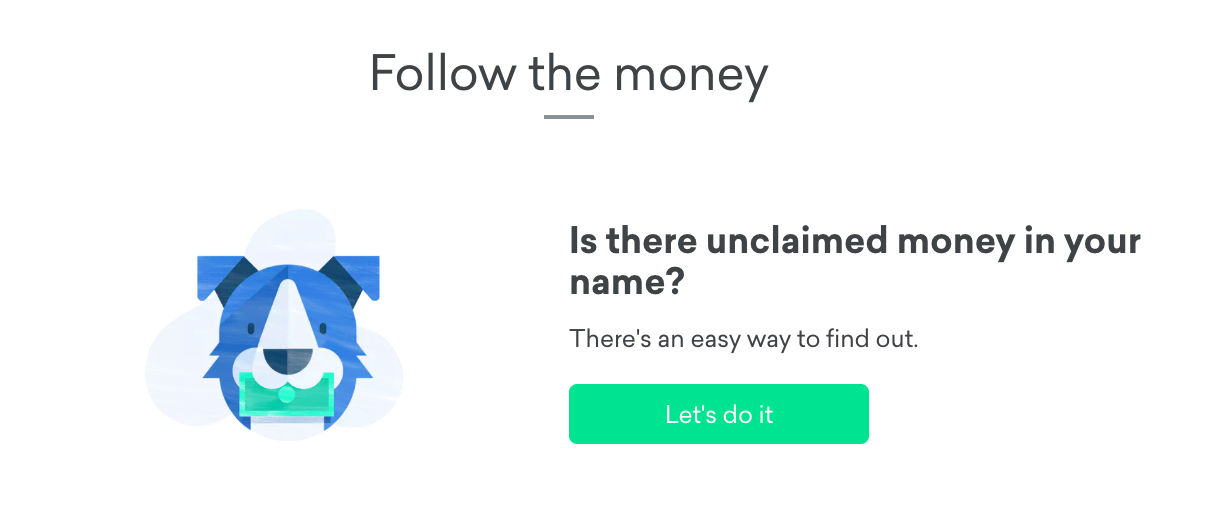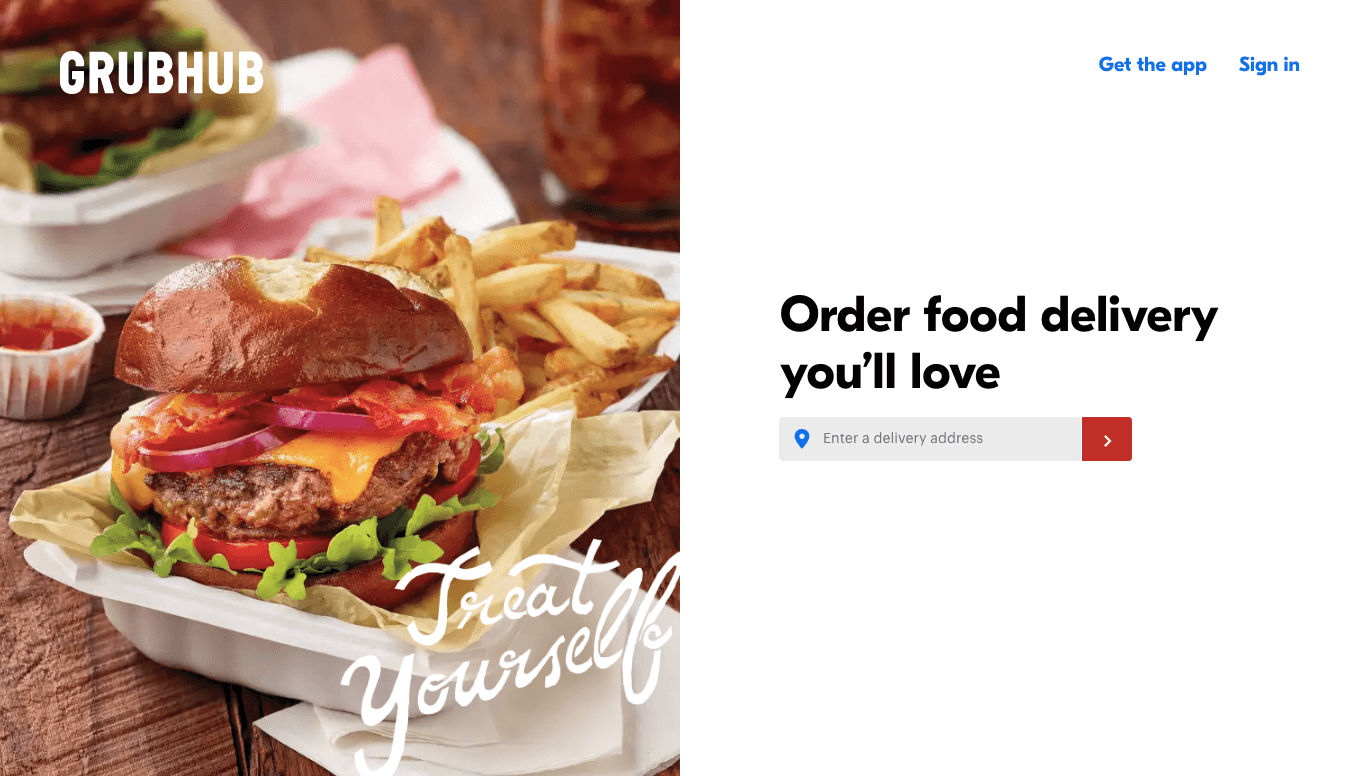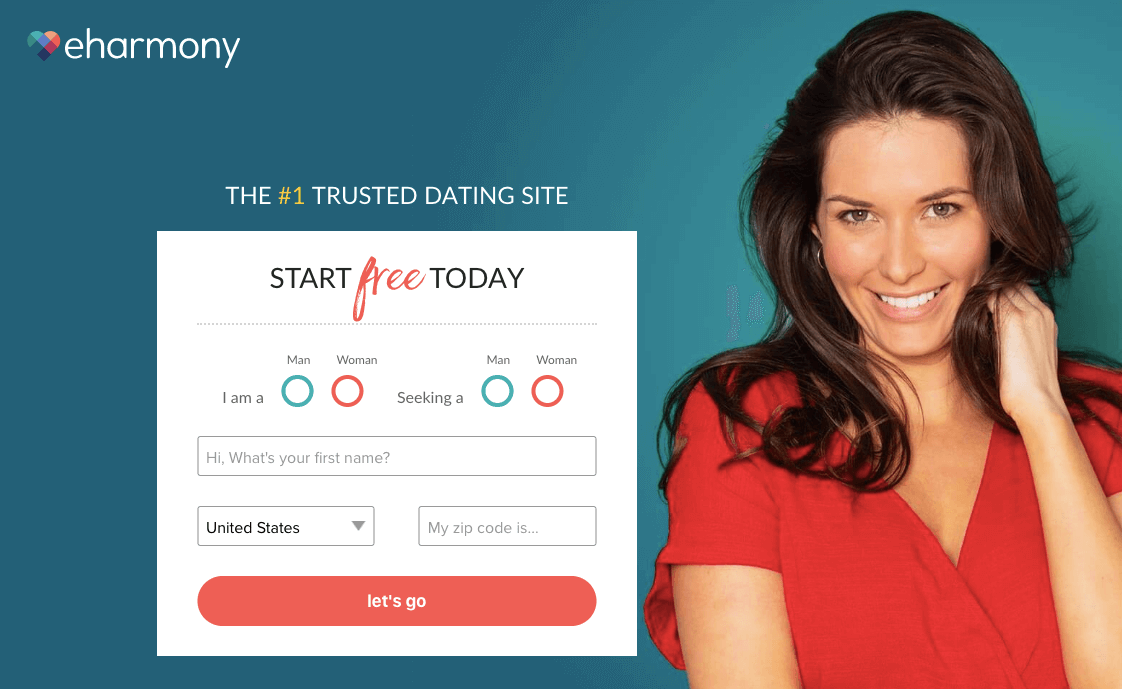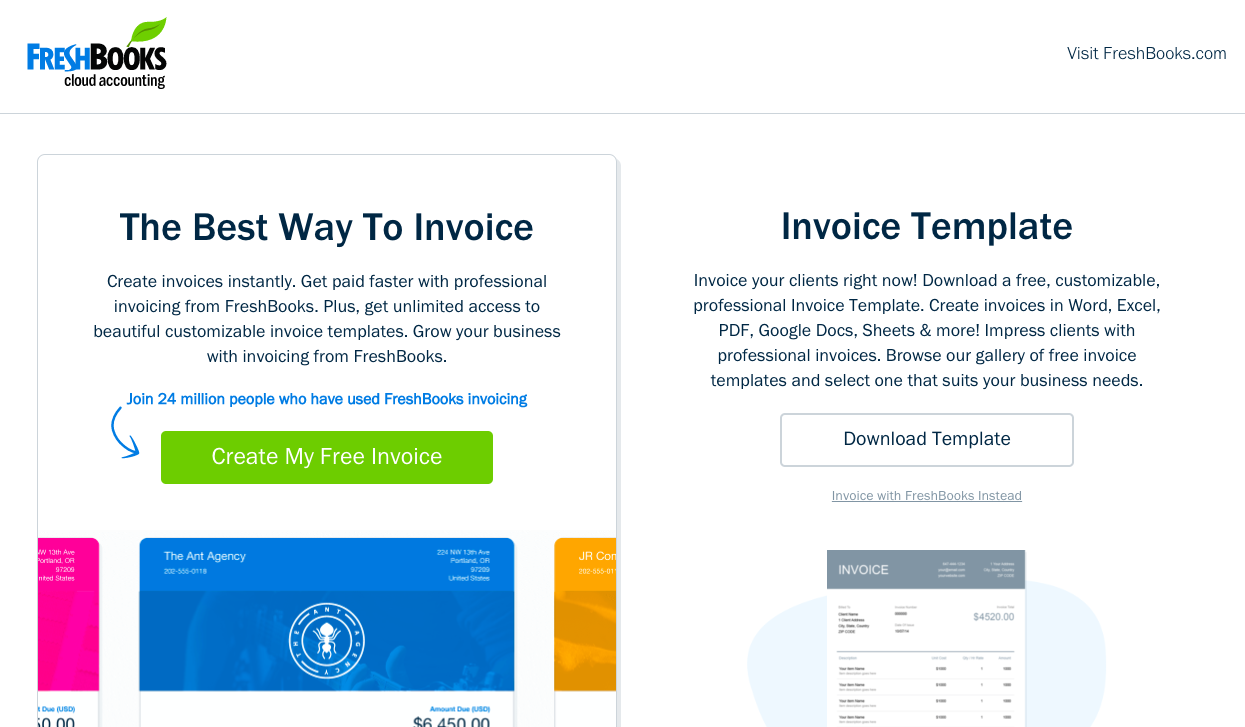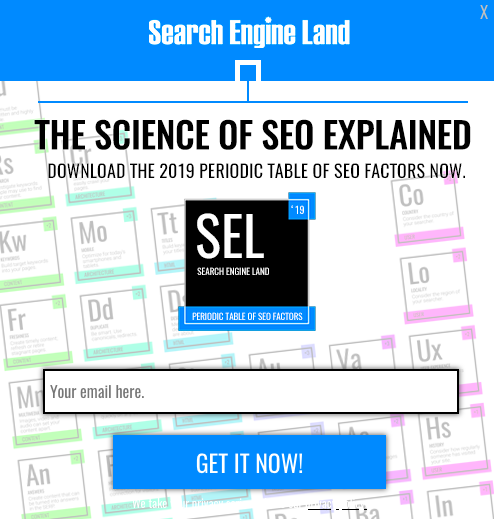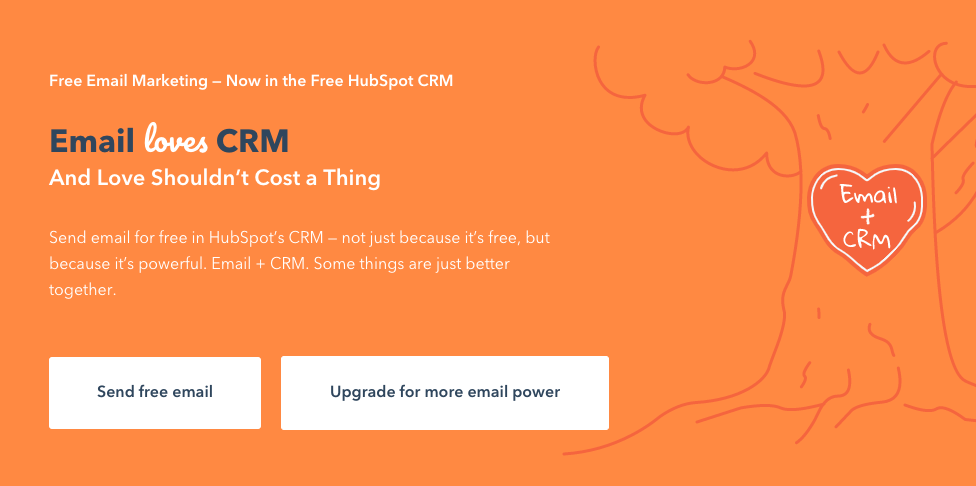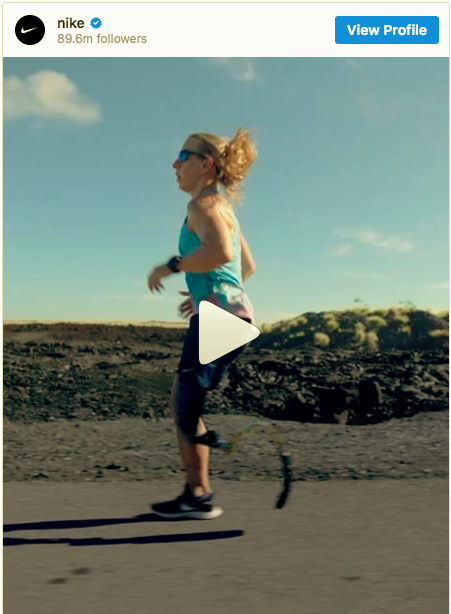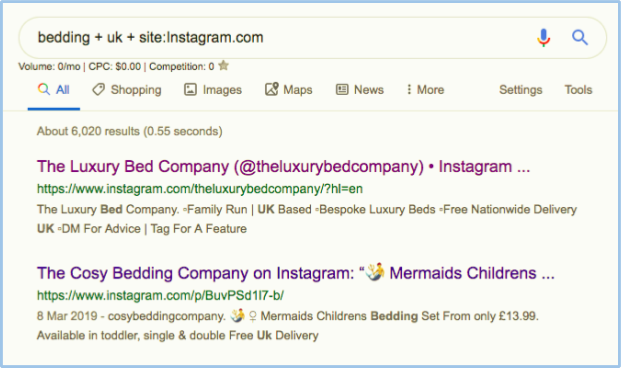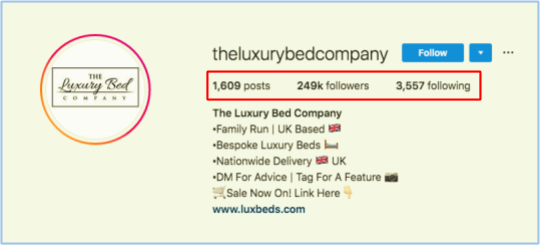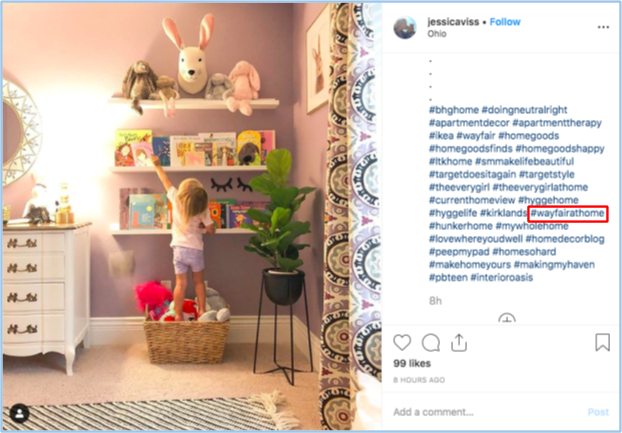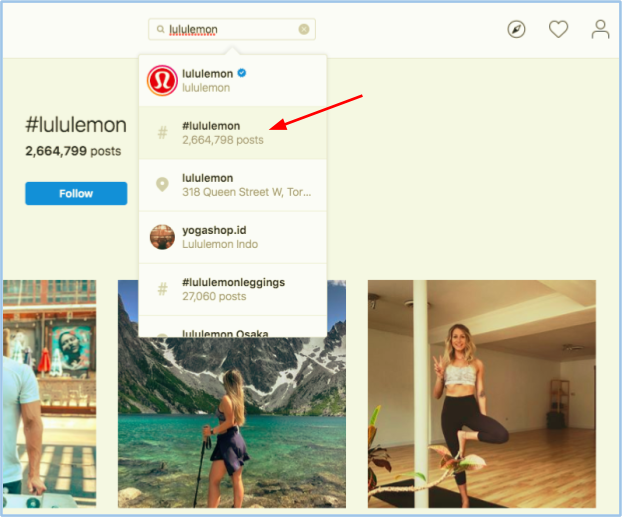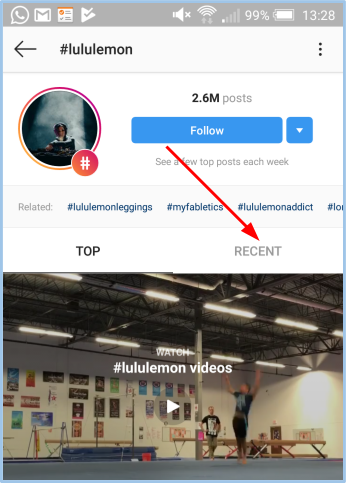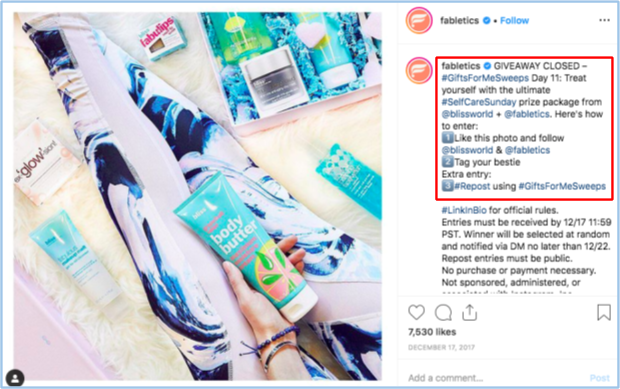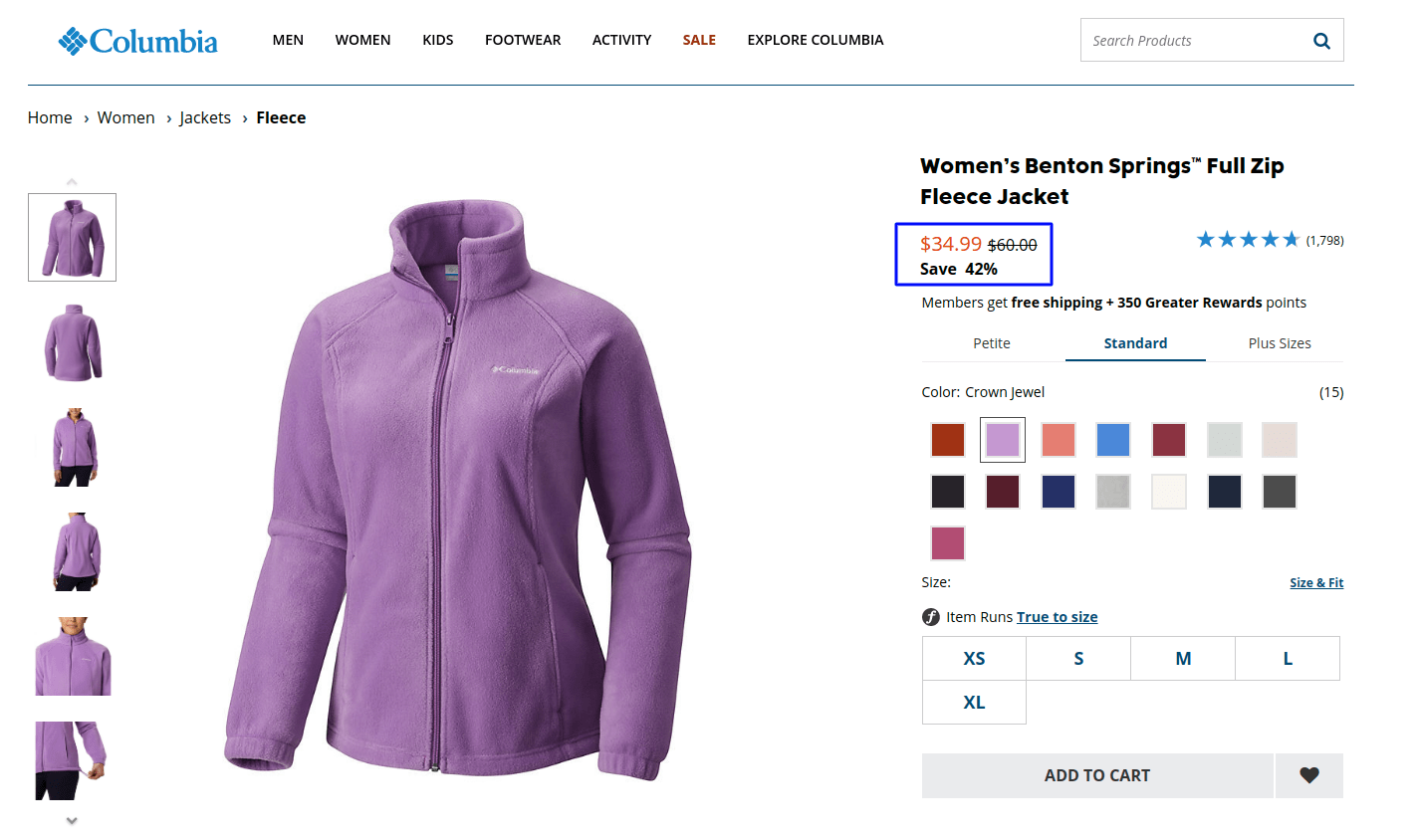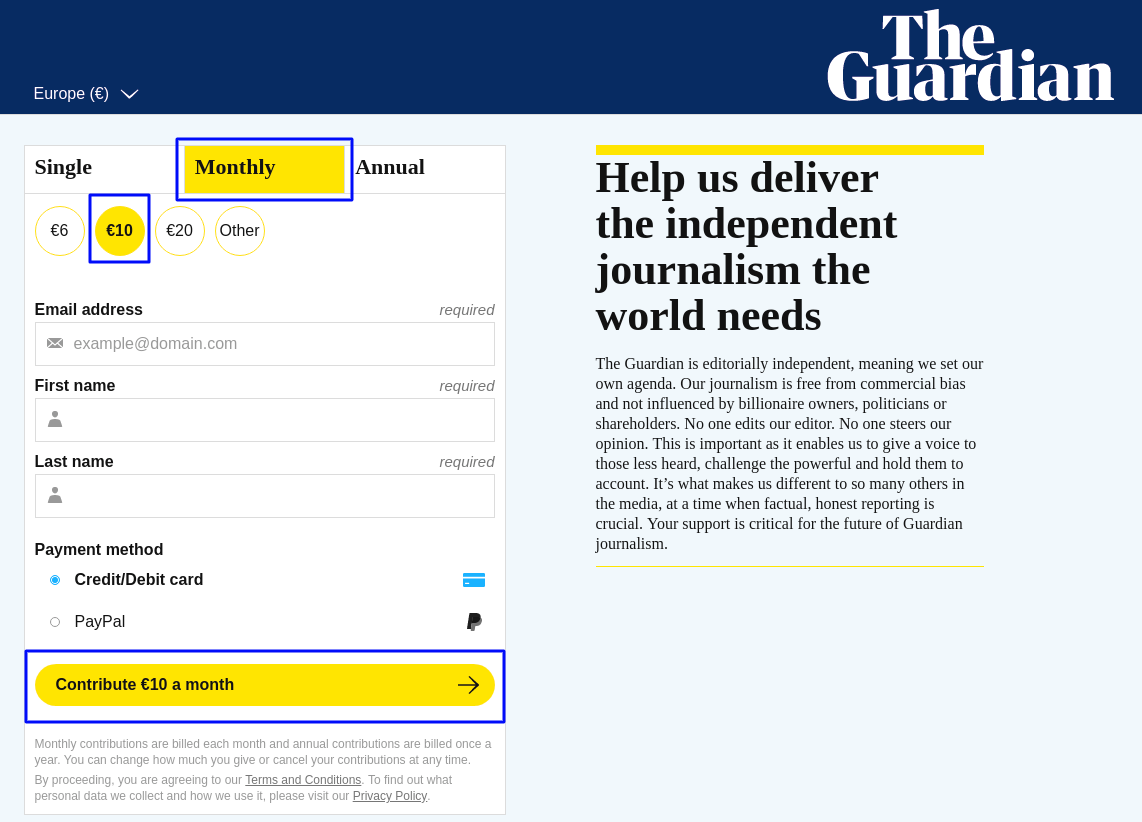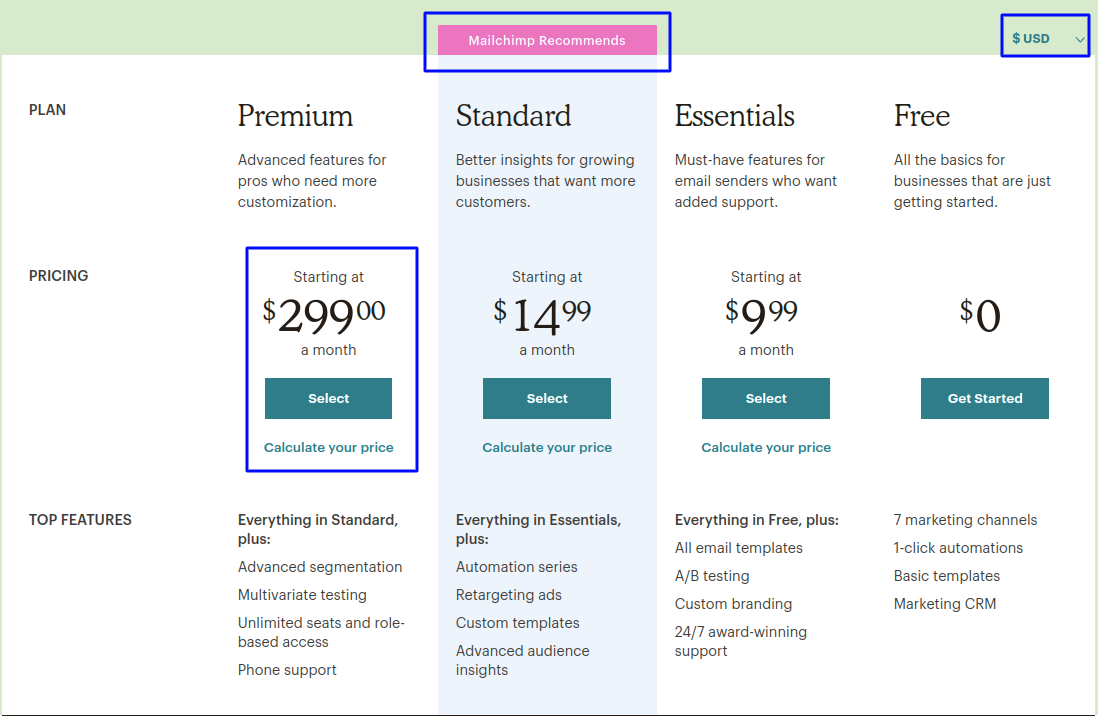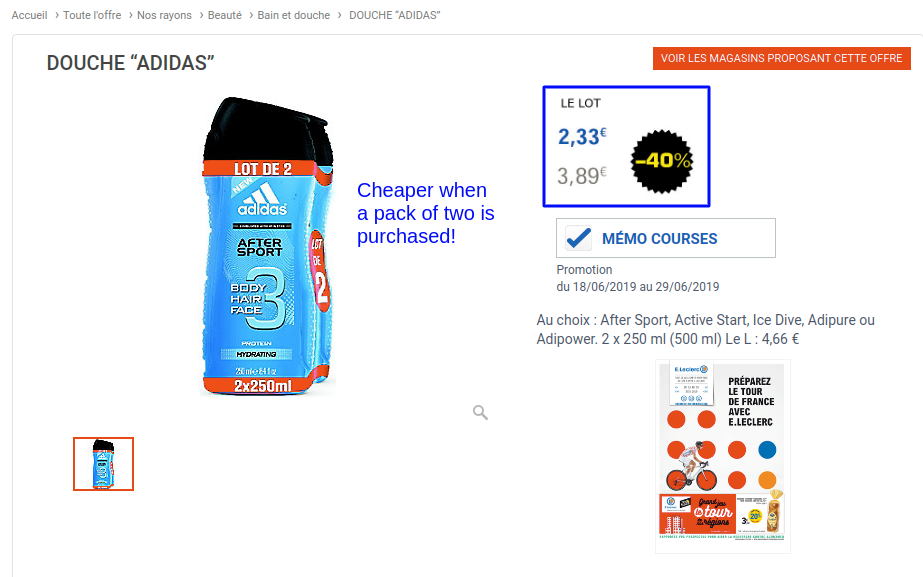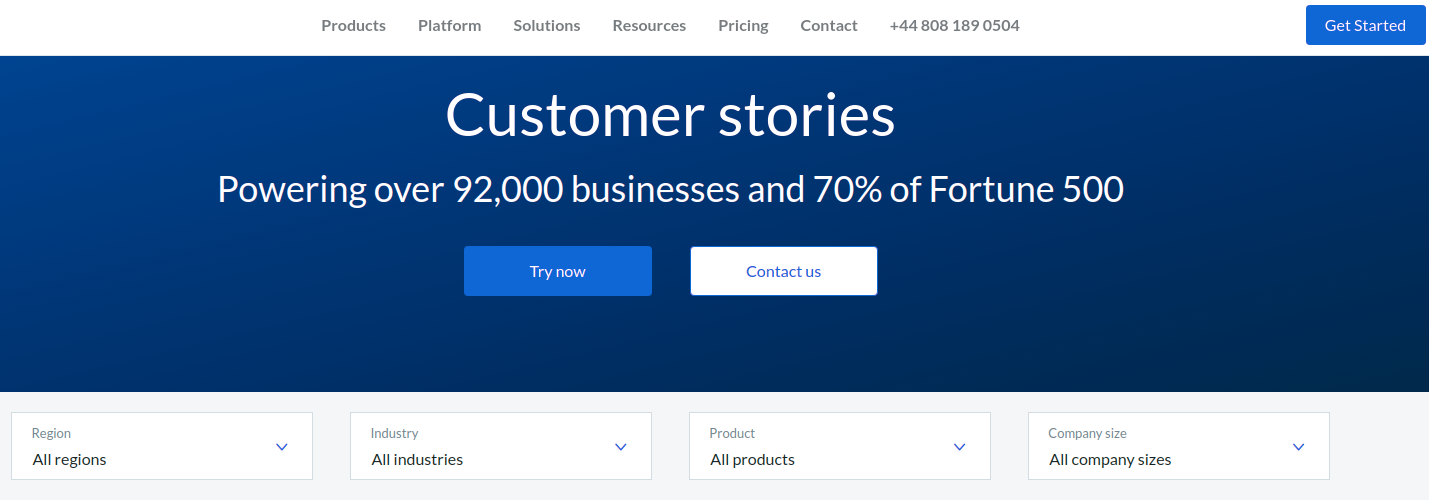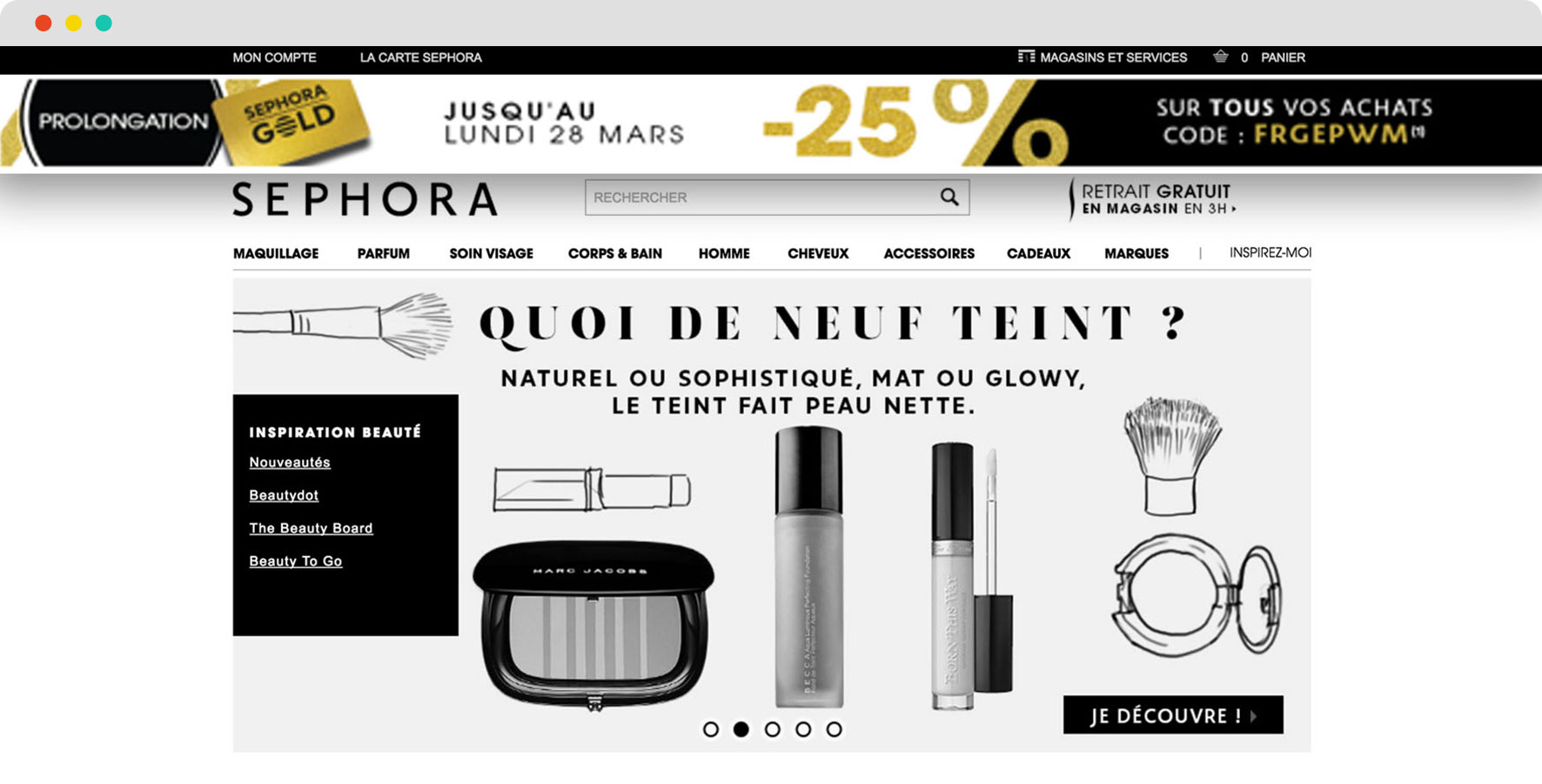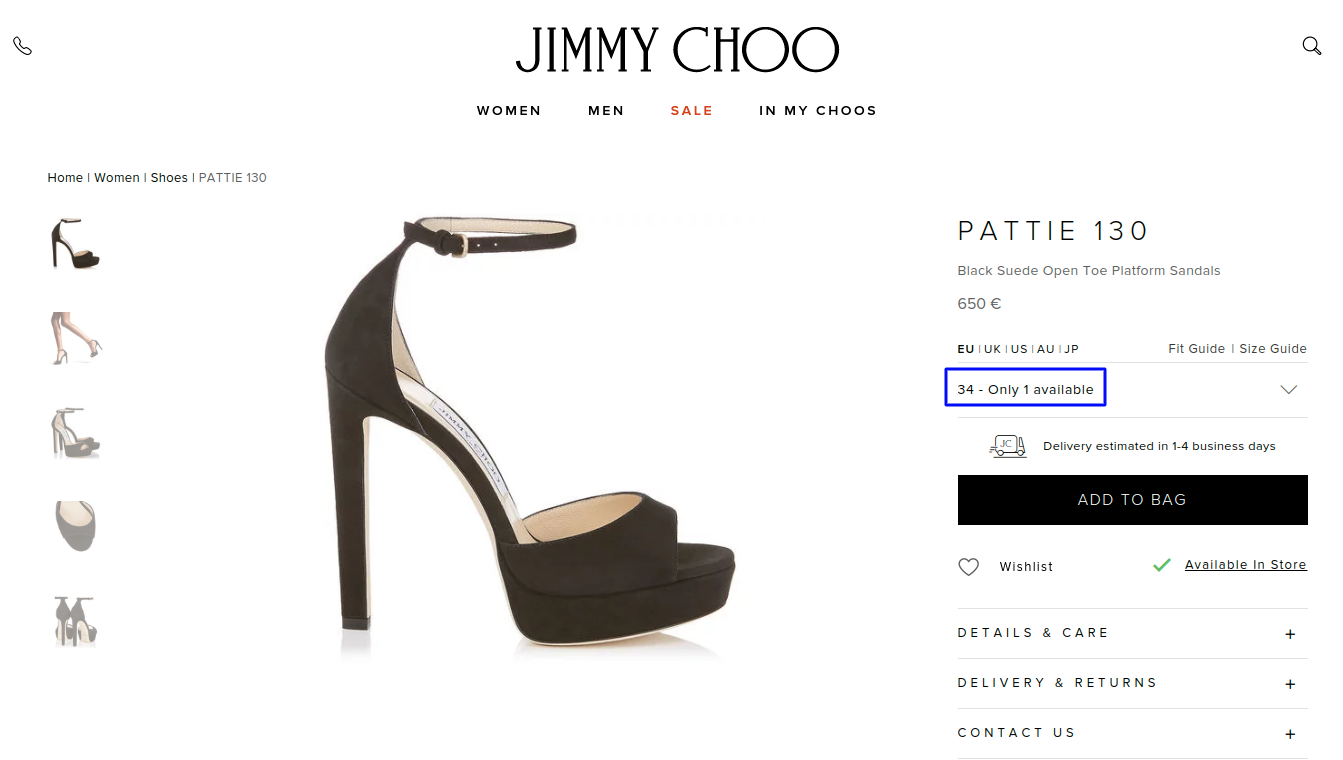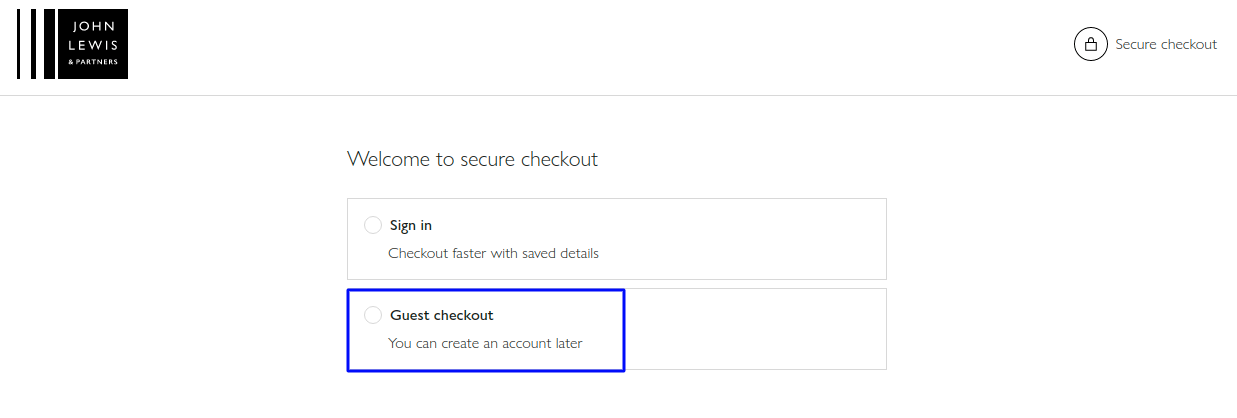Gone are the days when shops and retailers could measure sales conversions by counting the physical customers in their shop and dividing it by the number of sales that went through the till, as the change in shopping behaviors and the huge shift to online shopping has meant retailers need to adapt, too.
The one major online retail site that sellers are eager to have a presence on, and as one of the most visited websites in the world, Amazon Marketplace offers great exposure to 12 markets around the globe. Whether you’ve just started selling or you’re an established presence in the marketplace, conversion rates are a very important metric for any retailer, as it is often considered a measure of how successful their business is. With more retailers looking to understand the secret to increasing their conversions on the e-commerce giant, we explore what a ‘good’ Amazon conversion rate looks like, and how you can optimize your listings to increase conversion rates – something all budding Amazon sellers will be keen to invest in!
First, let’s cover conversion rates and what ‘good’ looks like:
What is Conversion Rate?
Conversion rate is calculated by dividing the number of sales by the number of times people have visited a product. Conversion rates apply to any sales made – both on and offline- and they are often affected by things like the volume of people clicking through to the advert or from visiting the store, the competition level from other sellers as well as price comparison and seasonal discounts, etc.
What is an Amazon Conversion Rate?
Amazon conversion rate is the same, but focuses just on sales made through the platform. It is automatically calculated by the retail giant and can be accessed by logging into your ‘Sellers Central Business Reports’, under the header ‘Business Report’. Within this section, there is a row called ‘Order Item Session Percentage’, which is the conversion rate Amazon attributes to each item.
Amazon breaks conversion rate down for sellers to see the conversion rate of each product, by viewing the ‘By ASIN’ reports.
What Does a Good Conversion Rate Look Like?
A benchmark conversion rate will depend on a few different elements, including industry, but an average conversion rate recorded by a study looking at the top 500 Amazon sellers recorded an average of 3.32%, with non-Prime members converting on average around 6%. However, retailers who had invested in joining the FBA, Fulfilment By Amazon, to become Prime Sellers, significantly increased their conversion rate as the average Prime member converts up to a whopping 74%!
Whilst those figures look impressive, there are a few other factors at play to help increase conversion rates on Amazon. Our tips look to optimize Amazon listings to help increase conversion as well as improve the ranking of listings on the digital marketplace.
Strengthening Your Amazon SEO
When looking to improve conversion rates on Amazon, the first thing to review is the keywords you are targeting and the placement of these words within your product listing. Amazon SEO is a relatively new concept for online retailers but is a very important part of achieving success on the world’s biggest-selling site. Conduct keyword research before writing any listing, make sure you are aware of what people are looking for when it comes to your products and target the most relevant search terms. In a previous article, we cover how to conduct keyword research using some free tools that are widely available – so there’s no excuse for poorly performing listings. There are several opportunities to use keywords when creating a product listing, so make sure these terms feature in the product title, features, description as well as the URL of the item.
Write Accurate and Engaging Product Descriptions
In order to potentially increase conversion rate, you need to increase the click-throughs on a listing, which means creating engaging and descriptive titles that encourage users to click and learn more. Remember, conversion rates are calculated based on the number of people viewing, or clicking your listing, so get writing those ‘click-worthy’ headings. Make sure to accurately describe your product too, don’t be vague or mislead potential customers, as this will affect your opportunity to rank higher in search on Amazon which will directly affect your conversion rates, too.
Offer Competitive Pricing and Other Perks
This is particularly important for sellers who are in a highly competitive market, as offering competitive pricing can make the difference between people clicking through or not. If you are able to do this, offer reduced shipping – or even free delivery. If you are the only seller offering free delivery, people will be far more likely to convert. Often, sellers who have sales on products or offer discount codes see an increase in conversions, so try experimenting with a sale or offering money off for returning customers. Of course, the most prominent perk for Amazon sellers is joining the FBA, as this automatically makes your products eligible for Prime; the next-day subscription delivery service Amazon offers paid subscribers. As one of the most successful subscription models online, Amazon Prime significantly increases conversions as Prime members are much more likely to convert each time they visit the website.
Trial Amazon Pay Per Click
Another great way to potentially increase conversion rates is to secure the top spot, by paying for an advert. Amazon pay per click, or PPC, is identical to search giant’s Google in that sellers can pay to secure the top spot with relevant adverts. By targeting known search terms, sellers have the opportunity to buy the search space and appear in relevant results, with listings that are marked as ‘sponsored’.
Upsell Relevant Items
Upselling items by offering related or complementary products that people may find useful when they are looking to buy will increase the potential of selling further products. By making ‘suggested’ or related items visible at the ‘add to basket’ stage, customers will be more inclined to add more products. Upselling relevant items will not only have a positive impact on conversion, but it will also encourage repeat purchases and indicates your online store has further products to explore.
Link to Products From Other Online Places
Be sure to share your products on other online channels such as social media and websites. Featuring products on other selling sites such as eBay and Gumtree will target a wider audience. If you are exclusively selling on Amazon Marketplace, consider using targeted adverts across relevant websites online, using cookie data to retarget people who have viewed or previously purchased from you. Increasing the exposure of your products via banner adverts and sponsored listings on social feeds can significantly increase conversion rates.
Trial and Error Testing!
These tips are some great options to help improve conversion rates whilst making sure listings are well optimized, however, there is no real magic ingredient to producing high-converting product listings on the world’s biggest marketplace. We highly recommend testing what works well for you as an individual seller. From tweaking product descriptions, using shorter or longer titles and even including emoji’s to entice readers to click through- try testing subtle differences with product listings to find something that works for you.
Key Takeaways
Whilst there are many ways to optimize your Amazon listings with the view to increase conversion rates, there is no real magic recipe that fits for every business. Some optimization techniques may work really well for some retailers, whilst others have found their success through trial and error. Applying just one change won’t make a difference to conversion rate so try to work on a few different elements of your product listings. For this, A/B tests are an excellent way to find out what does and doesn’t work.
Conversion rates are an excellent way to measure success, and by looking to make some or all of the changes listed above, sellers will also automatically benefit from increased visibility on the platform, as the Amazon A9 algorithm appears to consider sales velocity and conversion rate as two of the most important factors when it comes to ranking well on the digital marketplace. With the opportunity to rank your products higher in Amazon search, potentially increase click-through rates and ultimately increase conversions, there are some great reasons to optimize on Amazon and reap the rewards via a better click-through rate and hopefully higher conversions.











